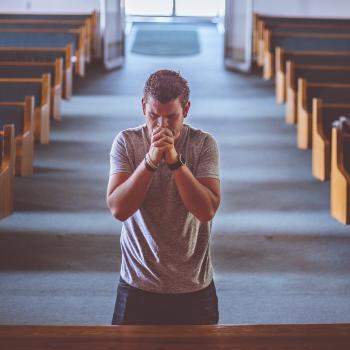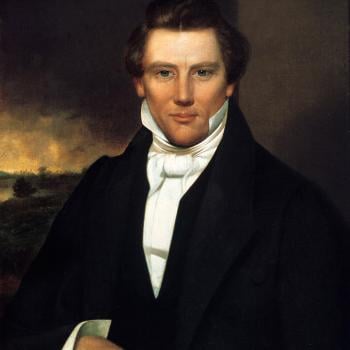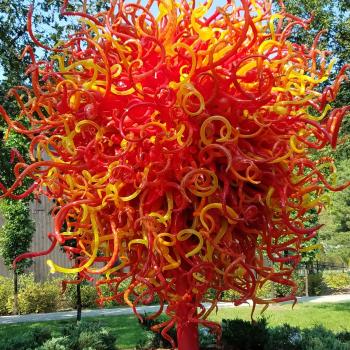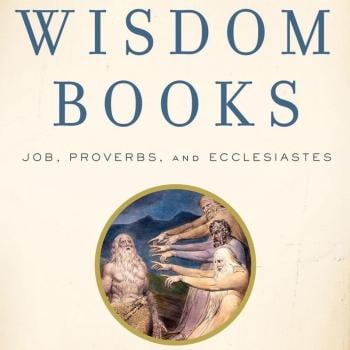The problem with ginormous museums is it takes several visits to soak it all in. After two or three hours you begin to glaze over and not take in the remarkable things to see. Sometimes you end up dashing around to no good end. In our case, we had to visit the museum several times between sessions at the University of Wien (Vienna) for the SBL International Meeting where I gave a lecture on Jesus the Sage. Wien is the largest university in all of Europe with 92,000 students, and over 8,000 faculty, offering close to 160 degrees! Yikes. And here’s the billboard in front of the university—-
 On the ball since the 14th century, which is to say since before Columbus went to America. In case you wanted proof I gave a lecture there, here is the shot my wife took from the back of the class at my session…..
On the ball since the 14th century, which is to say since before Columbus went to America. In case you wanted proof I gave a lecture there, here is the shot my wife took from the back of the class at my session…..
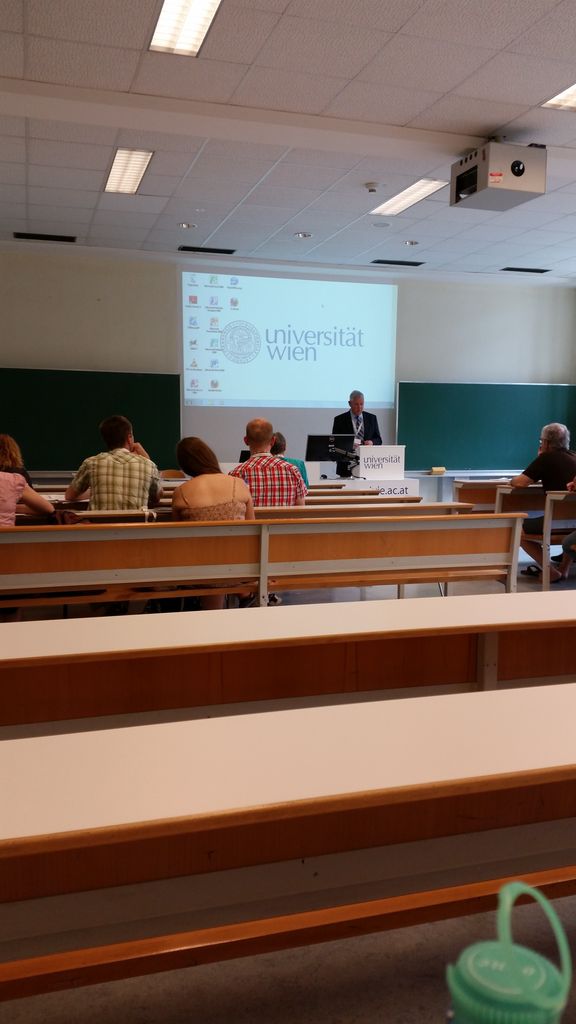
And here’s the gala reception we attended with the mayor of Vienna in the huge city hall near the university….

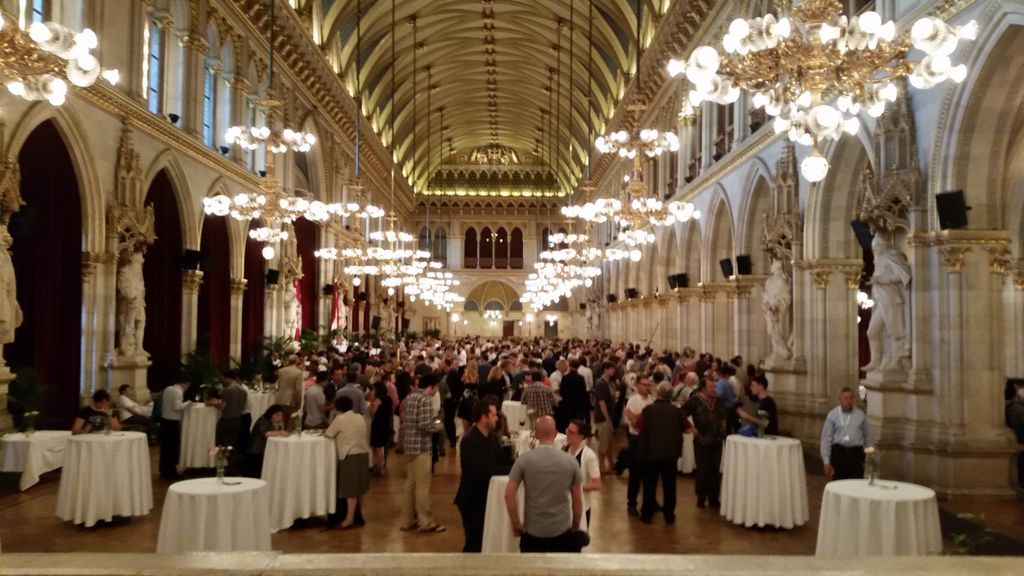 where we saw many of our old friends from previous SNTS meetings in Europe, which we have not been going to due to scheduling issues. So after that it was back to the museum….
where we saw many of our old friends from previous SNTS meetings in Europe, which we have not been going to due to scheduling issues. So after that it was back to the museum….
There was a special exhibit of jewels and jewelry from the period of Augustus all the way to Constantine astoundingly enough. And here are some examples, for example the gold coins of Constantine….

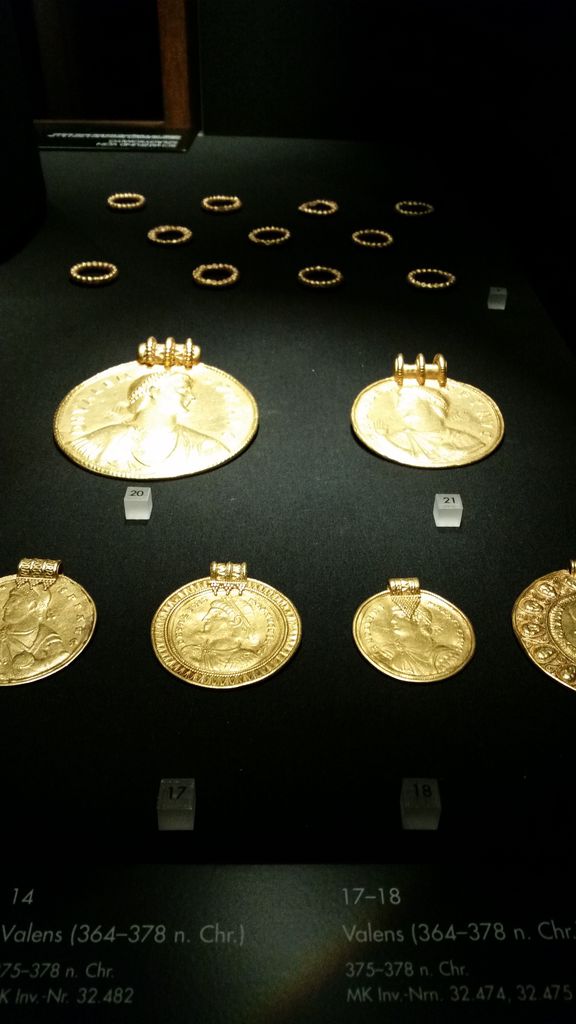
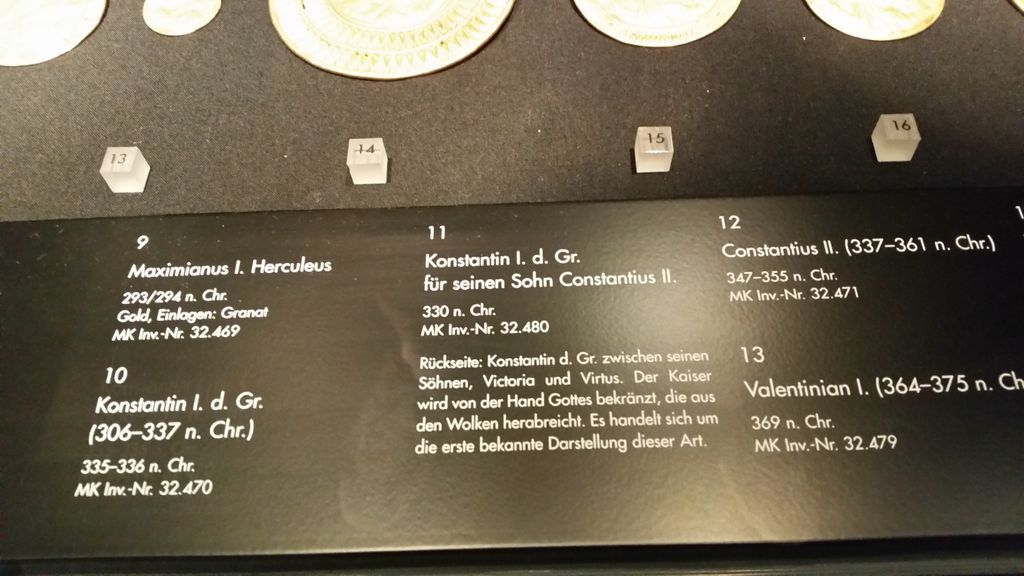

And an astounding cameo made to honor Augustus, 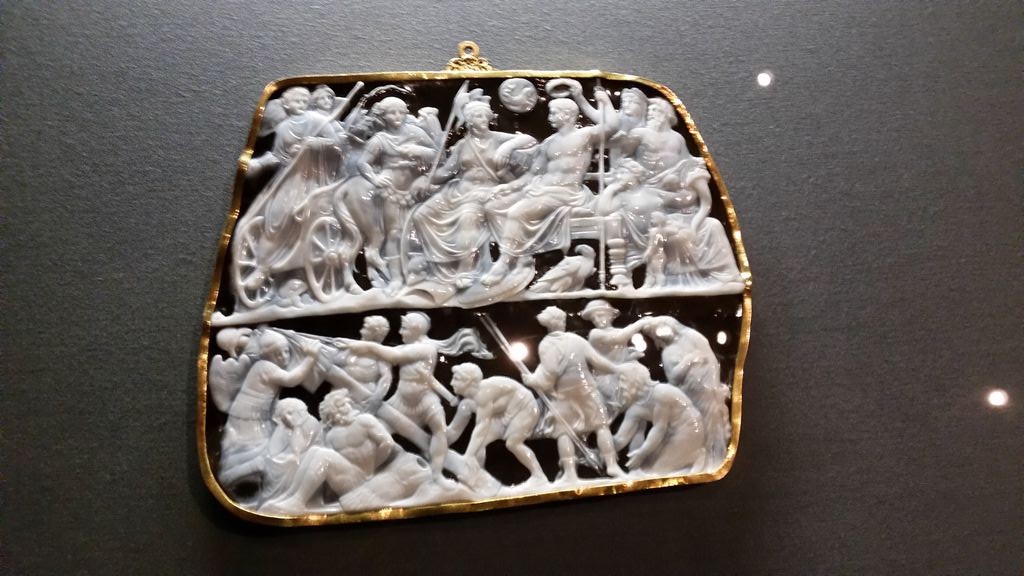
This cameo depicts the enthroned Augustus sitting next to the goddess Roma, and framed by personifications of the whole world, and of Rome’s past. On the left you see Tiberius, his successor, and his nephew Germanicus (who should have been his successor). The scene at the bottom depicts the quelling of the Illyrian revolt in A.D. 9, with the help of various gods, in particular Mars, the god of war. Most astoundingly, the evidence suggests this is a cameo owned by Octavian himself, a cameo he once held in his own hand. It will be noted that Augustus is not depicted as Jupiter Optimus Maximus here, which was a bridge too far at this point at the beginning of the Empire. The later imperial cult crossed the line.
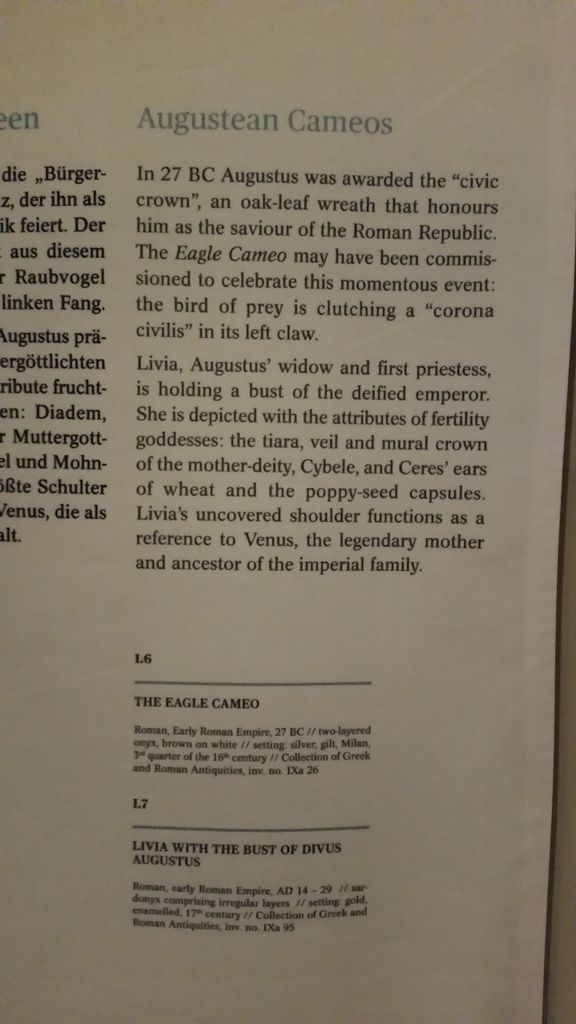 And check out these cameos with the Roman eagle and Livia….
And check out these cameos with the Roman eagle and Livia….
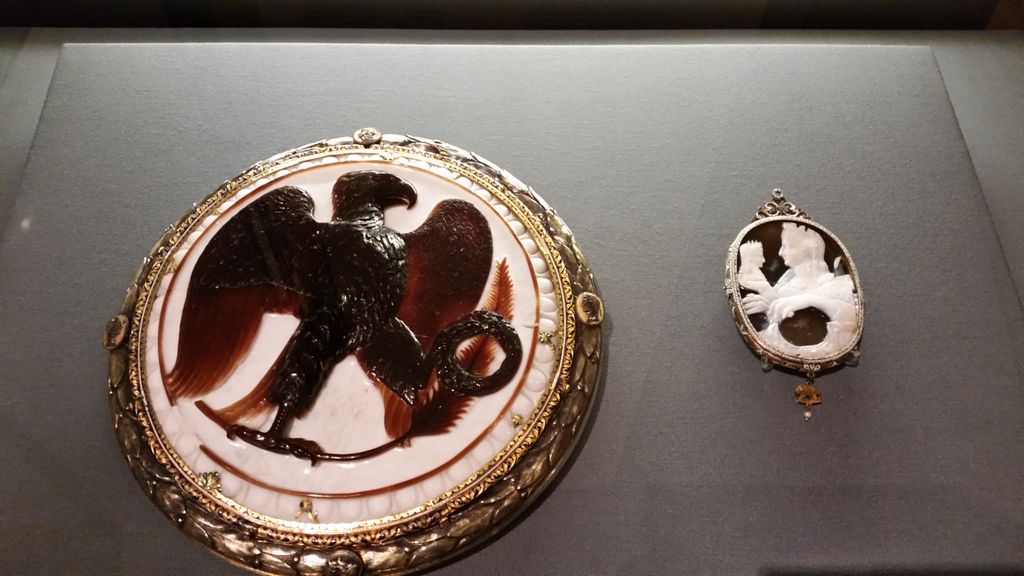
One of my favorite parts of the museum is the hall of busts, both Greek and Roman, of which here are some examples…
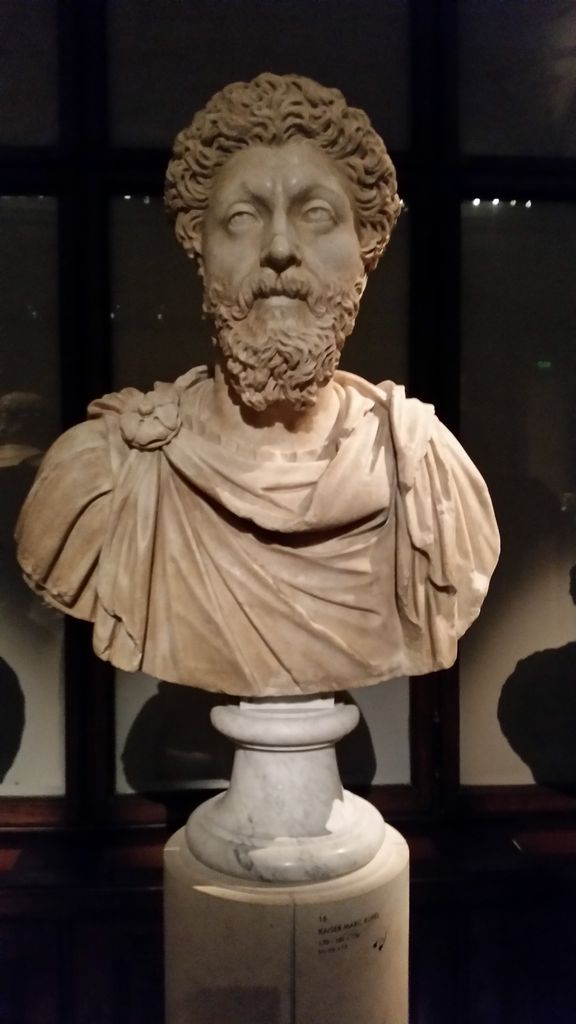


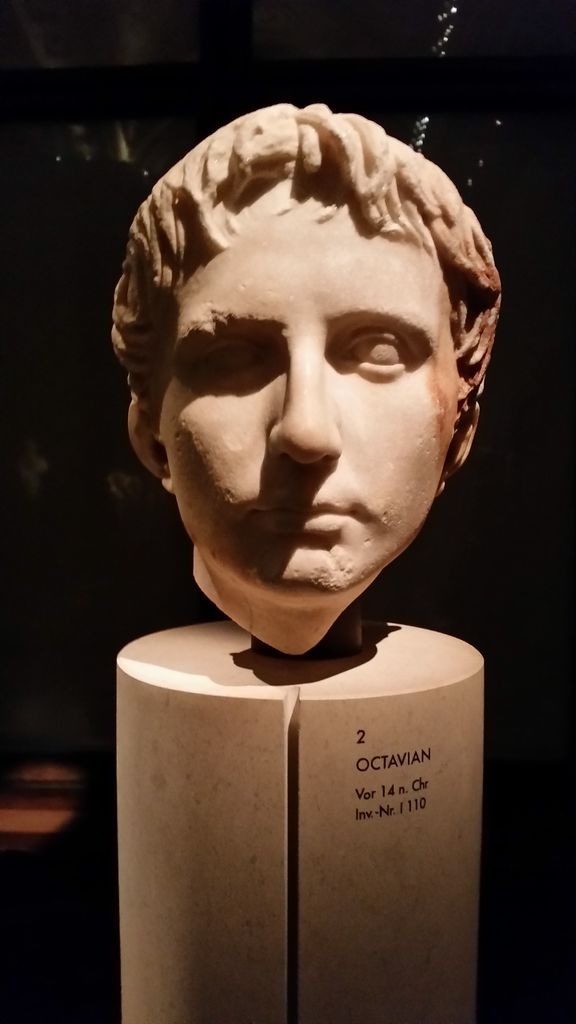
And here is a humorous one…
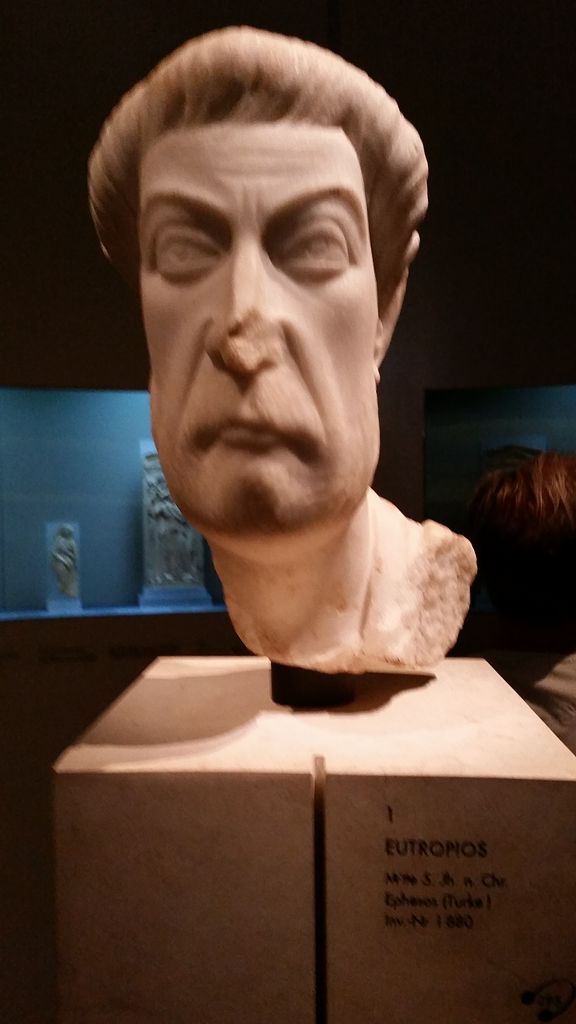
On the whole the Romans preferred more realistic portraits, the Greeks more idealized portraits…

Here is a bust of a famous Greek Aristoteles from the 4th century B.C. 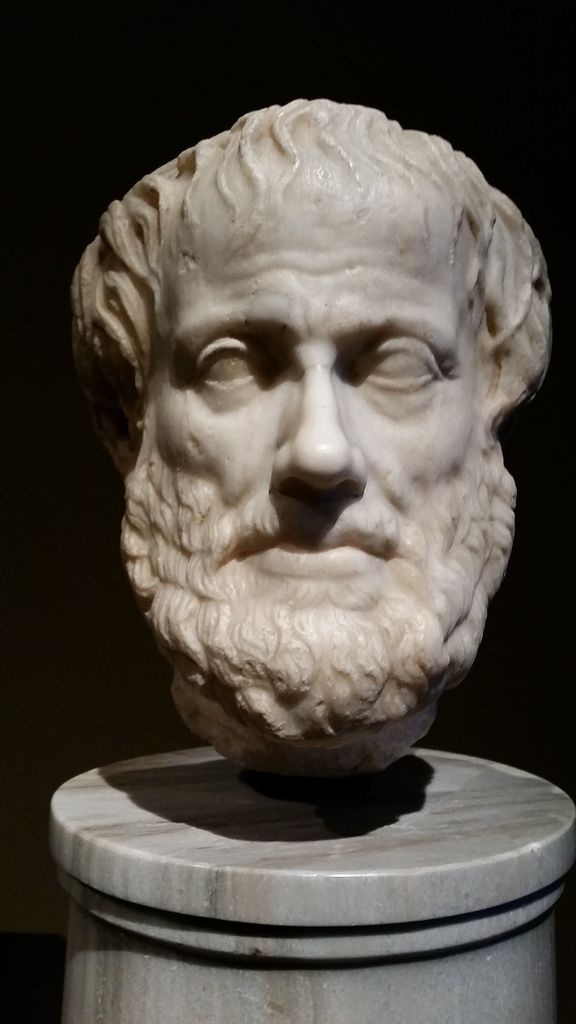
Here we have a mosaic in the floor of an ancient boat with sailors…

And here’s a mosaic of a domestic scene, with a woman reclining on her couch…
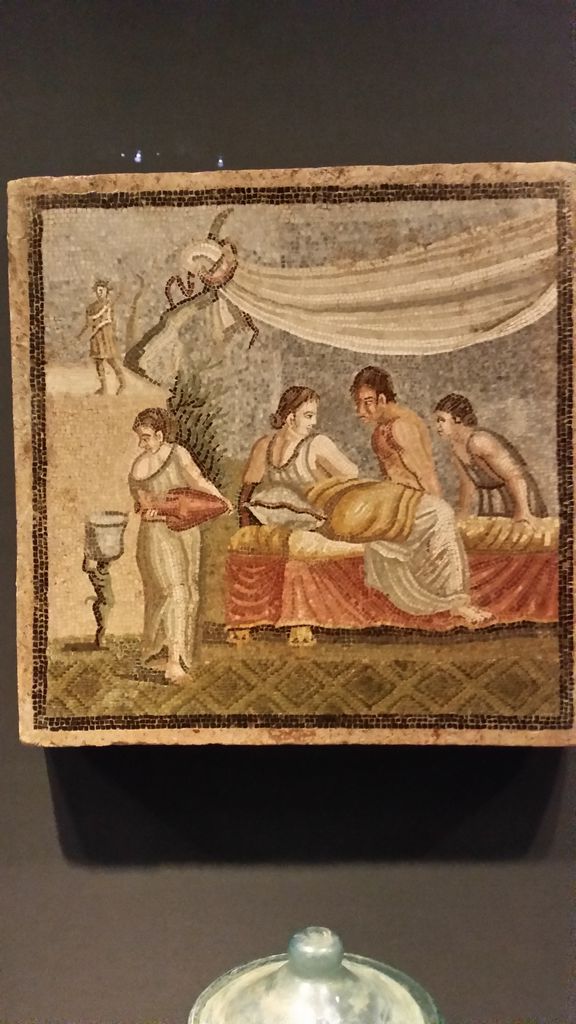
And here is a statue of Theseus attacking the centaur….
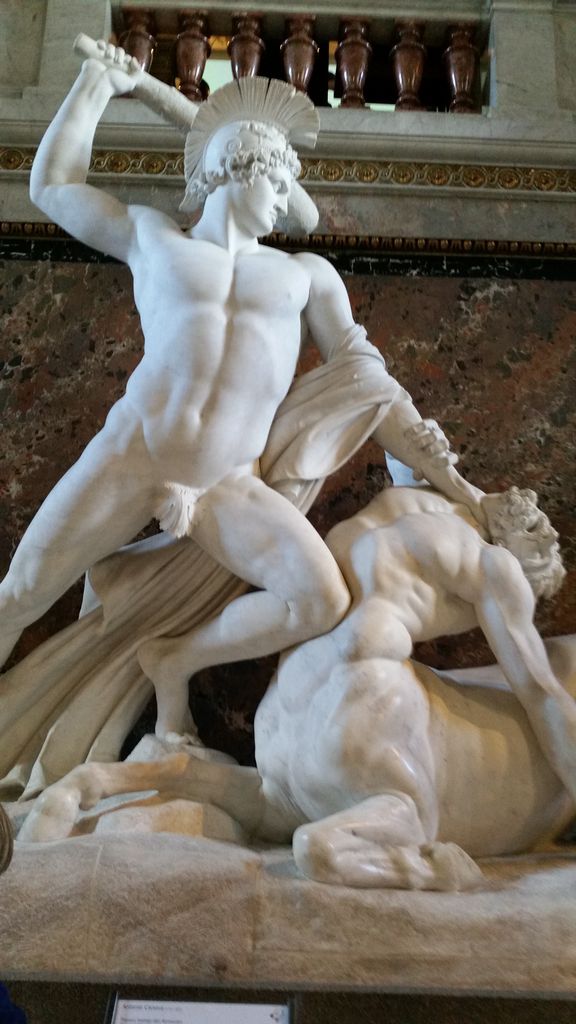
More importantly is the carving of Mithras and the bull.
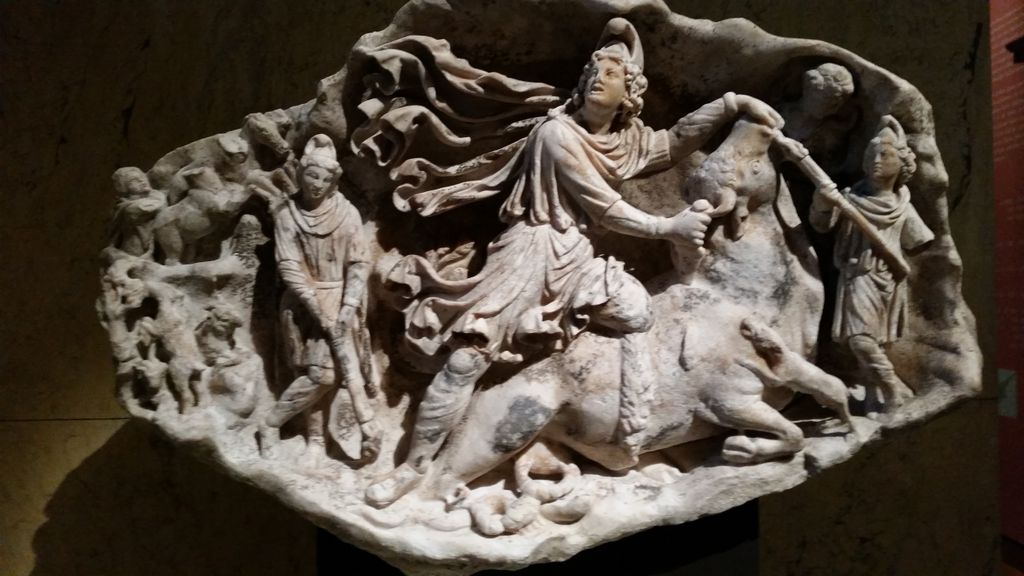
For sometime it has been thought that Mithraism was some sort of competition for Christianity, but this was certainly not the case in earliest Christianity of the first century. Mithraism was a soldier’s cult (see the review of Blomberg’s book on a previous post). This particular carving above is from the 2nd half of the 2nd century A.D. when the cult was really popular with soldiers.
The Greek painted urns have always been a favorite of mine…
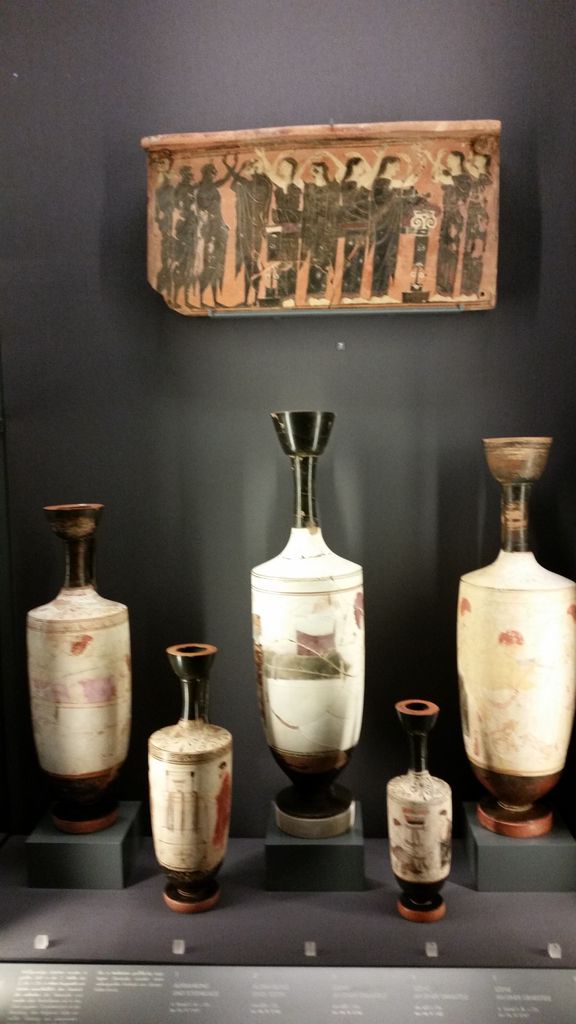
Here is a delicately carved relief of a Maenad…


Greek and Roman funerary art is fascinating as well, as it reveals the culture’s views about the afterlife sometimes.. Here is a family saying goodbye to a loved one.
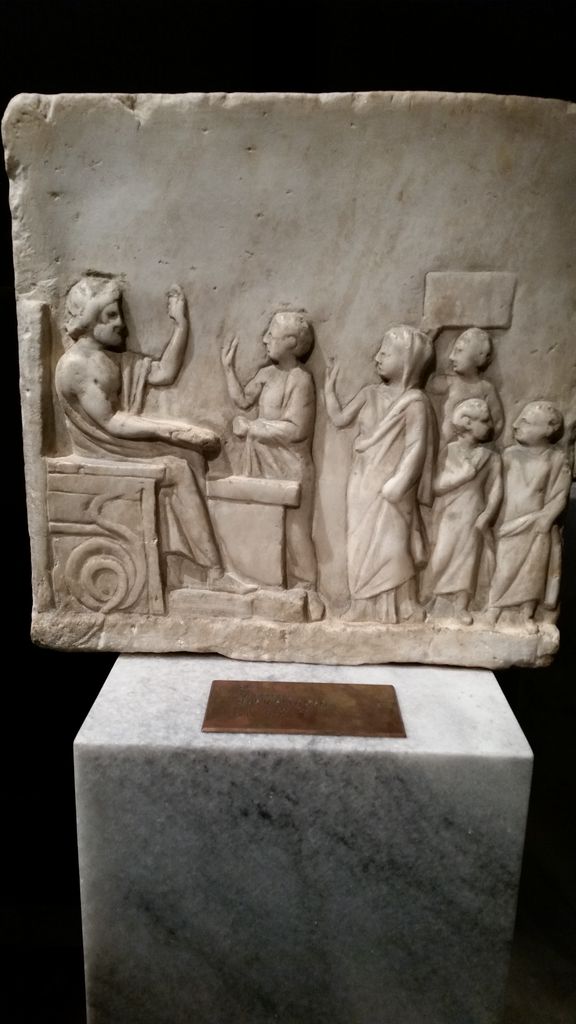 And here is a funerary urn, which probably held the deceased ashes.
And here is a funerary urn, which probably held the deceased ashes.
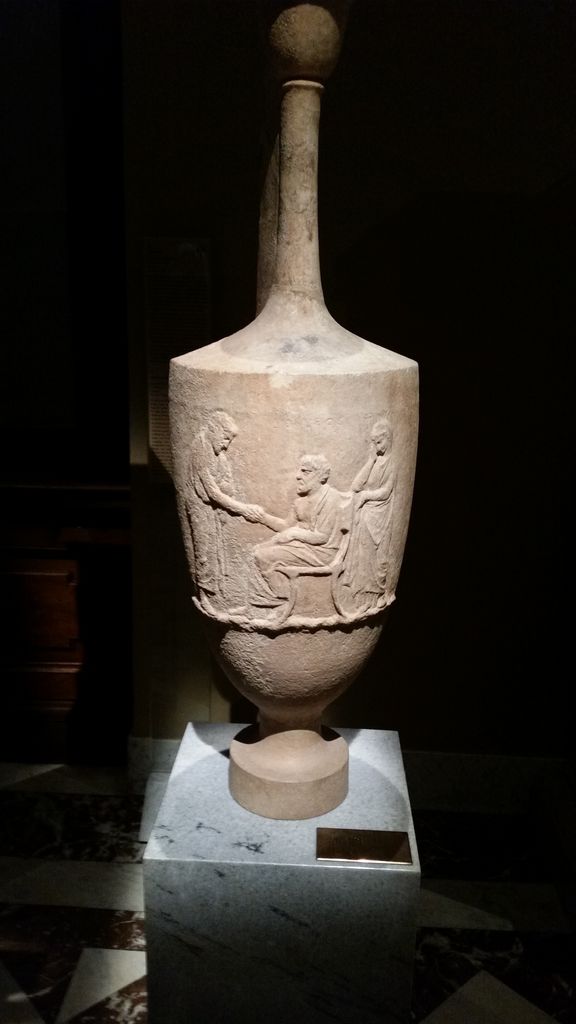 These both come from the 4th century B.C.
These both come from the 4th century B.C.
Here at the end of thus museum tour, I return to some of the fine Christian art, for example this remarkable carving of Christ tied to a column…. by Adrienne de Vries (16th century, from Prague).


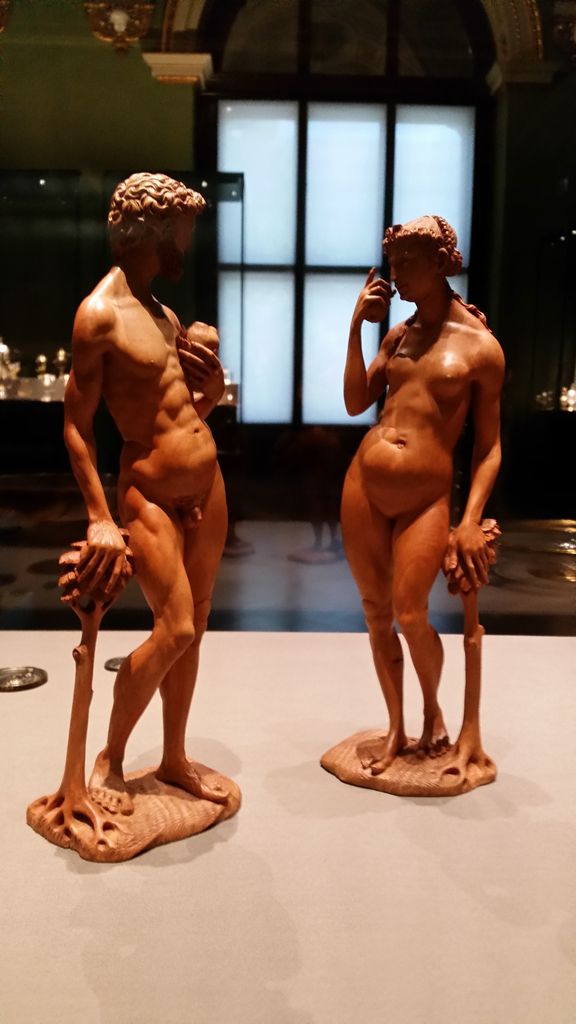 Adam and Eve of course are here depicted.
Adam and Eve of course are here depicted.
My favorite however is this remarkable relief of Christ’s baptism by John, with the Spirit like a dove hovering over his head, and the onlookers on the left, could they be Adam and Eve standing outside the garden?






